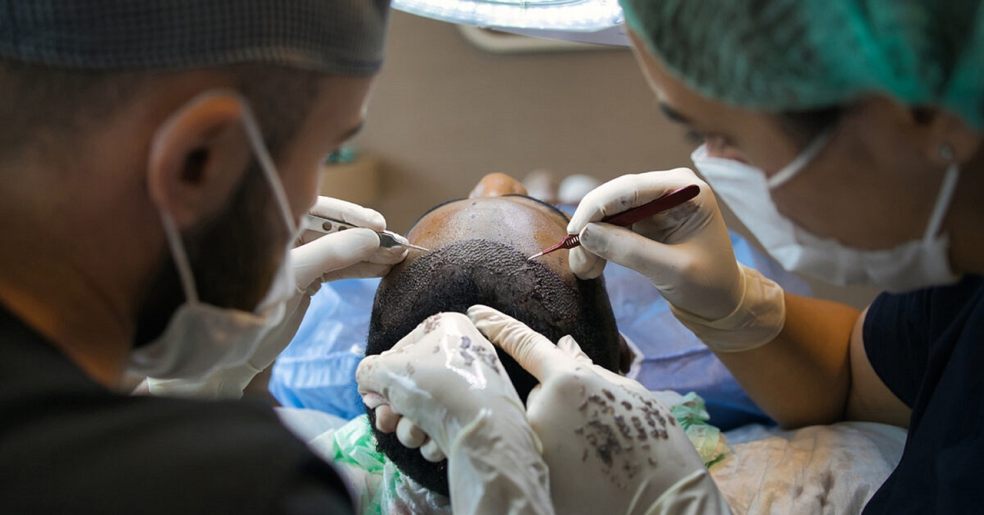
Revolutionizing Hair Restoration: The Advancements of Robotic Hair Transplant
Hair loss has become a prevalent issue in recent years, affecting millions of people worldwide. With technological advancements, robotic hair transplant treatments have emerged as a revolutionary solution to this problem. This article explores how robotic hair transplant technology has evolved, its benefits, and its impact on the hair restoration industry.
1. The Evolution of Hair Transplant Techniques
The history of hair transplantation dates back to the 1950s, when the first hair transplant surgery was performed. Traditional methods involved manually extracting individual hair follicles from the donor area and transplanting them to the recipient area. However, these techniques were time-consuming, labor-intensive, and often resulted in scarring or uneven hair growth.
The introduction of Follicular Unit Extraction (FUE) in the early 2000s marked a significant improvement in hair transplant procedures. FUE made the extraction of individual hair follicles more precise and less invasive, but it still required a skilled surgeon to perform the procedure.
2. Enter Robotic Hair Transplant Technology
Robotic hair transplant technology has revolutionized the field of hair restoration by automating the FUE process. The most notable system in this field is the ARTAS Robotic Hair Transplant system, which utilizes advanced algorithms and high-resolution cameras to identify, extract, and transplant hair follicles with unparalleled precision.
This state-of-the-art system allows for a more efficient and accurate hair transplant procedure, reducing the risk of human error and ensuring natural-looking results.
3. Advantages of Robotic Hair Transplant
The benefits of robotic hair transplant technology are numerous. Here are some of the key advantages:
- Precision: The robotic system can accurately identify and extract the healthiest hair follicles, ensuring the best possible results.
- Speed: The automated process significantly reduces the time required for the procedure, making it more convenient for patients and surgeons alike.
- Consistency: Robotic technology ensures consistent results, with minimal variation between procedures.
- Minimal scarring: The precision of the robotic system reduces the risk of scarring, allowing for a more natural appearance.
- Faster recovery: Due to the procedure's minimally invasive nature, patients typically experience a quicker recovery than traditional methods.
4. The Future of Robotic Hair Transplant
You can expect further improvements in robotic hair transplant procedures as technology advances. Artificial intelligence and machine learning will play an increasingly significant role in enhancing the accuracy and efficiency of the process.
One clinic at the forefront of these innovations is Pulse Light Clinic, whose specialists state, "Our expert team is committed to staying ahead of the curve in hair restoration, and we are excited to offer our patients the latest advances in robotic hair transplant technology." Integrating these cutting-edge technologies into the hair restoration industry ensures a bright future for individuals seeking effective hair loss solutions.
5. Making Hair Restoration More Accessible
Robotic hair transplant technology has improved the quality of hair restoration procedures and made them more accessible to a wider audience. In addition, the reduced recovery time and the minimal scarring associated with robotic hair transplants make it an appealing option for those who may have been hesitant to undergo traditional hair transplant procedures.
Moreover, as the technology becomes more widespread, the cost of robotic hair transplant procedures is expected to decrease, making it a viable solution for a growing number of individuals affected by hair loss.
Robotic hair transplant technology has revolutionized the field of hair restoration, offering a precise, efficient, and minimally invasive solution to hair loss. With ongoing technological advancements and increasing accessibility, robotic hair transplant treatments are poised to become the gold standard in hair restoration.

















